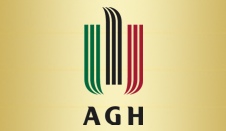How Does Generalization and Creativity Come into Being in Neural Associative Systems and How Does It Form Human-Like Knowledge?
Autorzy/Authors: Adrian Horzyk
Wydawnictwo/Publisher: Neurocomputing to appear in 2014
DOI: 10.1016/j.neucom.2014.04.046
Abstract:
This paper explains and models selected associative processes that take place in biological associative neural systems. Such associative systems allow us to form, expand and exploit knowledge in a human-like way. They trigger artificial associations for previously trained and even new contexts taking into account the previous states of neurons of such systems, which are necessary for associative knowledge formation. The associative systems can automatically generalize and be creative. This paper reveals and explains the important generalization mechanisms of biological associative systems that can be modelled in artificial neural associative systems and used for practical associative neurocomputations. These systems can reproduce generalization not only to train and classify static objects but also to form new sequences, which enables creativity of these systems. Because neuron groups are activated in a specific order, the associative conclusions are reached very quickly. Knowledge and active associations can also substitute many laborious and time-consuming searching processes that are used in contemporary computer science.
Keywords:
Associative knowledge representation; Artificial associative systems; Associative neuron; Associative reasoning; Generalization of rules; Intelligent creativity.

